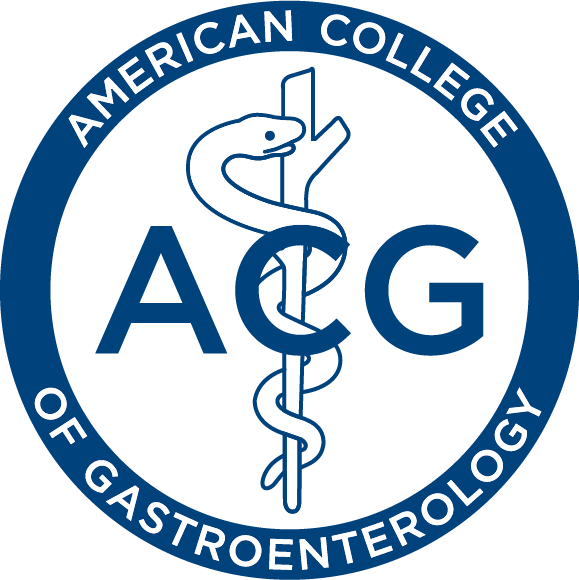Embargoed for release until: Monday, October 22, 2001
Malaika Hilliard 202/973-5896 [email protected]
Sharon Burns-Pavlovsky 202/973-2934[email protected]
Map of Human Genome to Help Scientists Locate and Clone Pediatric GERD Gene Scientists hope research will yield new gene-based therapies for disease
LAS VEGAS (Oct 22, 2001) -- Thanks to the availability of the complete map of the human genome, which was published last February, researchers are close to cloning the gene for pediatric gastroesophageal reflux disease (GERD). The new strategy, announced today at the 66th Annual Scientific Meeting of the American College of Gastroenterology, could ultimately yield new gene-based therapies for this severe illness in children.
Based on suggestions in the clinical literature that a genetic component might contribute to the incidence of GERD, Fen Ze Hu, M.S., Garth D. Ehrlich, Ph.D., and colleagues from the Allegheny Singer Research Institute in Pittsburgh, previously identified the site of the gene by examining affected and unaffected members of five families having more than one child affected by severe pediatric GERD. The preliminary results, involving researchers from multiple institutions including an affiliation with the Pediatric/Adolescent Gastroesophageal Reflux Association (PAGER), were outlined in an article, which appeared in JAMA on July 19, 2000. The results of this earlier study suggested that a gene for severe pediatric GERD was located on a 9 cenitMorgan (9cM) region of chromosome 13q14, although the investigators were subsequently unable to identify any genetic mutations in several candidate genes that mapped within the region.
Traditional cloning techniques cannot be applied to a region as large as 9cM, however, so Hu and colleagues had to wait for the publication of the entire human genome, which was released in February 2001, before continuing their work. Thanks to those annotated DNA databases, the investigators were able to identify over 40 genes within the linkage region that could contain GERD-specific mutations. From here, the team developed a four-phase approach to identify the mutations in question, which they described publicly for the first time today.
"We have been using polymerase chain reaction-based sequencing, along with advanced high-throughput screening methods, to analyze all of the exons (DNA bases that code for proteins), all of the introns ('non-essential' DNA bases between the exons), and other key regions for each of these genes," said Hu. "This analysis has yielded a number of validated DNA clues, which we are examining to identify GERD-specific mutations using genetic analysis of five affected persons, one from each of five GERD families, and three controls. Within six months, we expect to evaluate all of the genes, and from this, to find the gene for severe pediatric GERD."
GERD, or chronic heartburn, is characterized by the back flow of stomach acid into the esophagus. Up to 20 percent of adults, or about 15 million Americans, experience heartburn on a daily basis; about five percent of children are affected by GERD.
The American College of Gastroenterology was formed in 1932 to advance the scientific study and medical treatment of disorders of the gastrointestinal tract. The College promotes the highest standards in medical education and is guided by its commitment to meeting the needs of clinical gastroenterology practitioners. Consumers can get more information on GI diseases through the following ACG-sponsored programs:
-- 1-800-978-7666 (free brochures on common GI disorders, including ulcer, colon cancer, gallstones and liver disease)-- 1-800-HRT-BURN (free brochure and video on heartburn and GERD)-- www.acg.gi.org (ACG's Web site)
Information on PAGER is available at: www.reflux.org.
###
